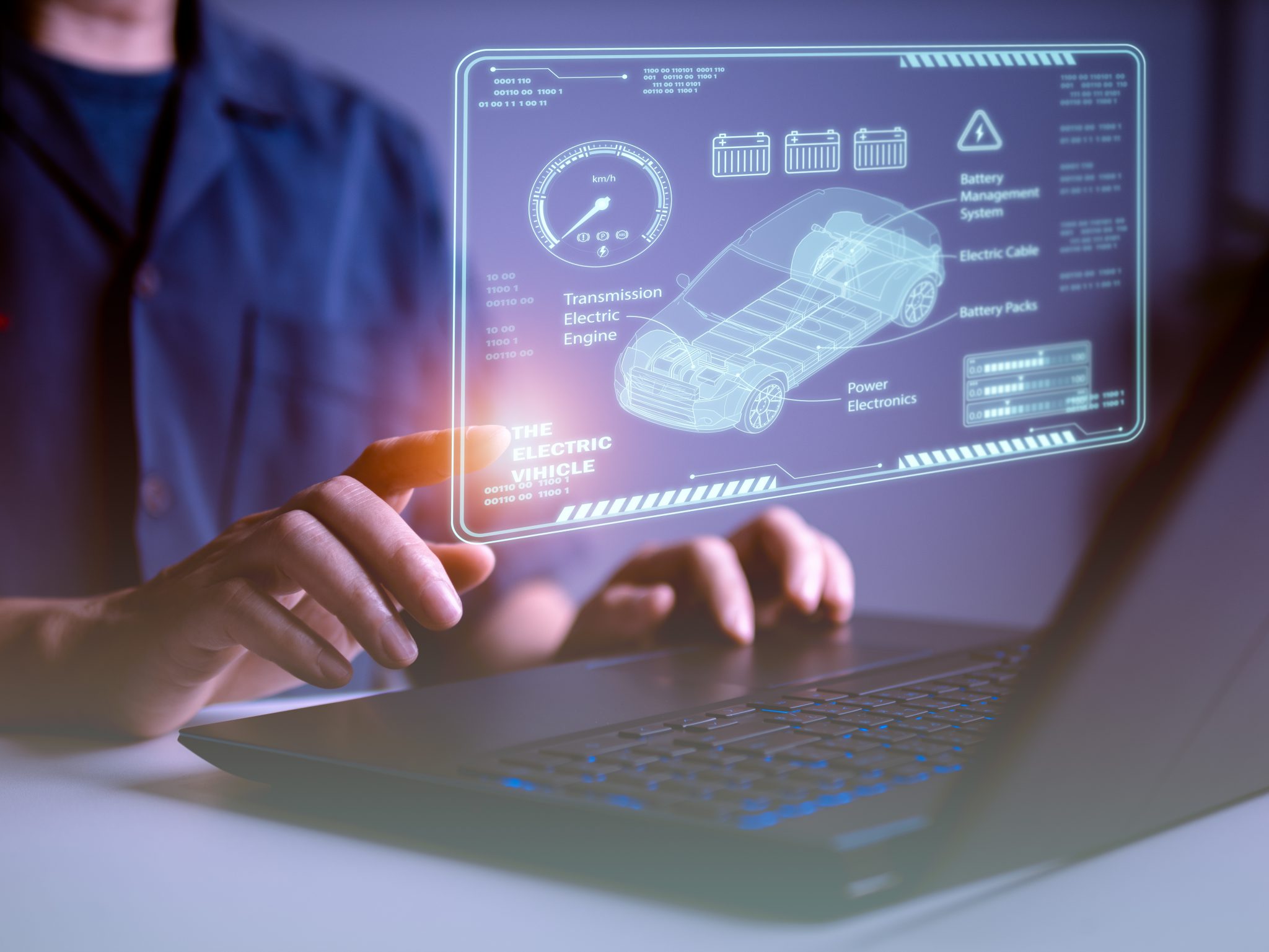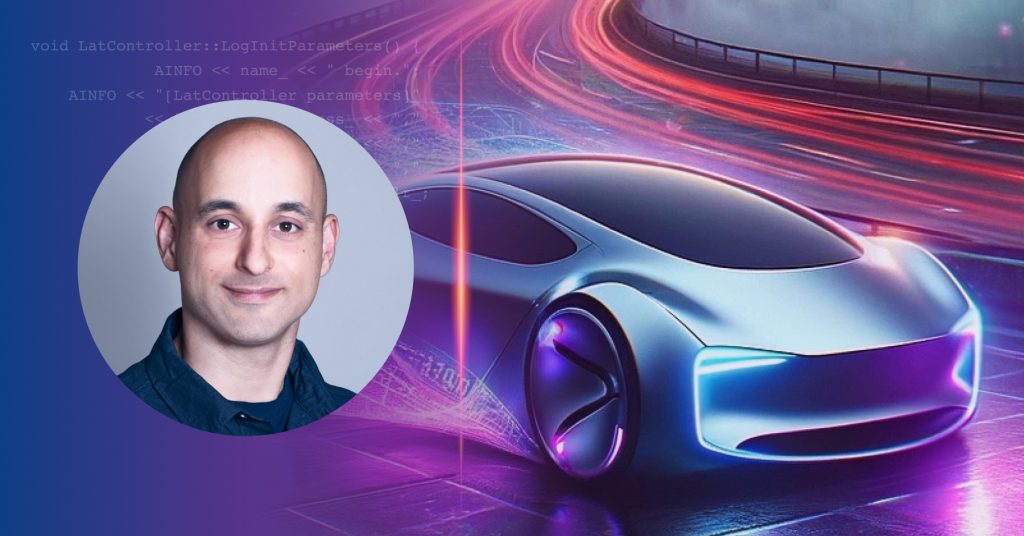It’s quite clear that modern cars are sophisticated computers on wheels. In fact, many newer manufacturers are focusing on software first and building vehicles around that. These software-defined automakers tend to specialize in electric cars because the software element is more important than ever when dealing with battery management and maximizing powertrain efficiency.
This approach is causing a shift in the automotive industry, and traditional vehicle manufacturers are increasingly focusing on software, especially as many transition to making more electric vehicles (EVs).
Here are some of the areas where software has become crucial.
Safety systems
The latest Vehicle Safety Regulation introduces a number of mandatory advanced driver assist systems (ADAS) for all new vehicles and establishes a framework for driverless vehicles in the future. It’s likely these regulations will become more stringent in the future and will go into more detail on over-the-air (OTA) updates (R156), Cyber-Security (R155) and more. Software is the key to all these features, as it allows manufacturers to deliver what’s expected from both regulators and customers.
Connectivity and entertainment
The software in a vehicle determines just how connected it is. Connectivity features such as app access, OTA updates, and voice control are all powered by software. Not only does this link to entertainment features and services but also practicality and safety, too.
Many manufacturers are looking at ways to make controlling the car’s features safer than ever. BMW has gesture control, Stellantis is working on a SmartCockpit, and numerous other brands are using software to make the driver and passenger experience more connected than ever.
Updates
Drivers have come to expect instant over-the-air (OTA) updates and will not tolerate a trip to a dealership for software issues, updates, or bug fixes. Currently, not all manufacturers are able to update a vehicle’s firmware over the air — even if they can wirelessly apply minor updates to the navigation, for example. To keep up with software-defined vehicle companies and the standard they’re setting for customers, legacy manufacturers are focusing on their software to enable them to deliver updates in a similar way.
Software updates also enable manufacturers to create new revenue streams. Whether offering paid-for upgrades over the air (as Tesla does with its Autopilot system) or through a subscription model for certain features (as BMW does), this is something a lot of automakers are exploring. And rightly so; In our 2022 Automotive Software Survey, 44% of respondents stated they’d prefer to pay for their optional vehicle functionality as a download.
Battery management
Almost 10% of all global car sales were electric in 2021, which brought the total number of electric cars on the world’s roads to about 16.5 million, triple the amount in 2018. Despite this interest in EVs, however, consumers are still concerned about range.
Software has the power to improve battery management, meaning manufacturers need to spend less on hardware to improve the efficiency — and, therefore, range — of a vehicle. This could be key in the future as the EV market becomes even more competitive.
Autonomous driving
Goldman Sachs reports that Level 3 and higher autonomous technologies will account for approximately 15% of sales in 2030, up from 0% in 2020. Any autonomous capability relies on software to provide the required functionality, so it makes sense that automakers are directing some of their attention to this technology. It’s clear from the report that manufacturers will need to focus on their software in order to capitalize on this area of the market in the future.
Enabling new mobility services
The way we move is changing, and it’s the software in a vehicle that will unlock new services such as pay-as-you-go car hire, ride-sharing and carpooling, and subscription services for a pool of vehicles. This software will also enable a more advanced transport-as-a-service (TaaS) model for autonomous vehicles and other fleets. This will not only enable fleet managers to offer their vehicles for use by others but also monitor and maintain them.
As a key differentiator
It’s not just cars that are evolving but the tastes of buyers too. There’s a need for automakers to appeal to the new generation of digital natives. These people will expect a smartphone-like experience from their cars, meaning connectivity, OTA updates, and the ability to easily add new features. This gives automakers the chance to stand out from their competition.
With more than 100 million lines of code, vehicle software is complex. It’s vital manufacturers are using the right tools within the development process to ensure their software is high-quality while meeting the demands of modern consumers. On top of this, the Automotive Software Survey showed that it’s more crucial than ever for manufacturers to be able to predict software anomalies rather than simply react to them — 85% of respondents considered this “important” or “very important”.
If you’d like to explore how the Aurora Labs suite of AI-powered tools can help improve the quality of your software while reducing the time-to-market, get in touch today.






 9 min read
9 min read
![Agile Development in Automotive [Pt. 3] Agile Development in Automotive [Pt. 3]](https://www.auroralabs.com/wp-content/uploads/2024/04/Tal-Avidan_Blog_lobby_768x432-1-1024x576.jpg)